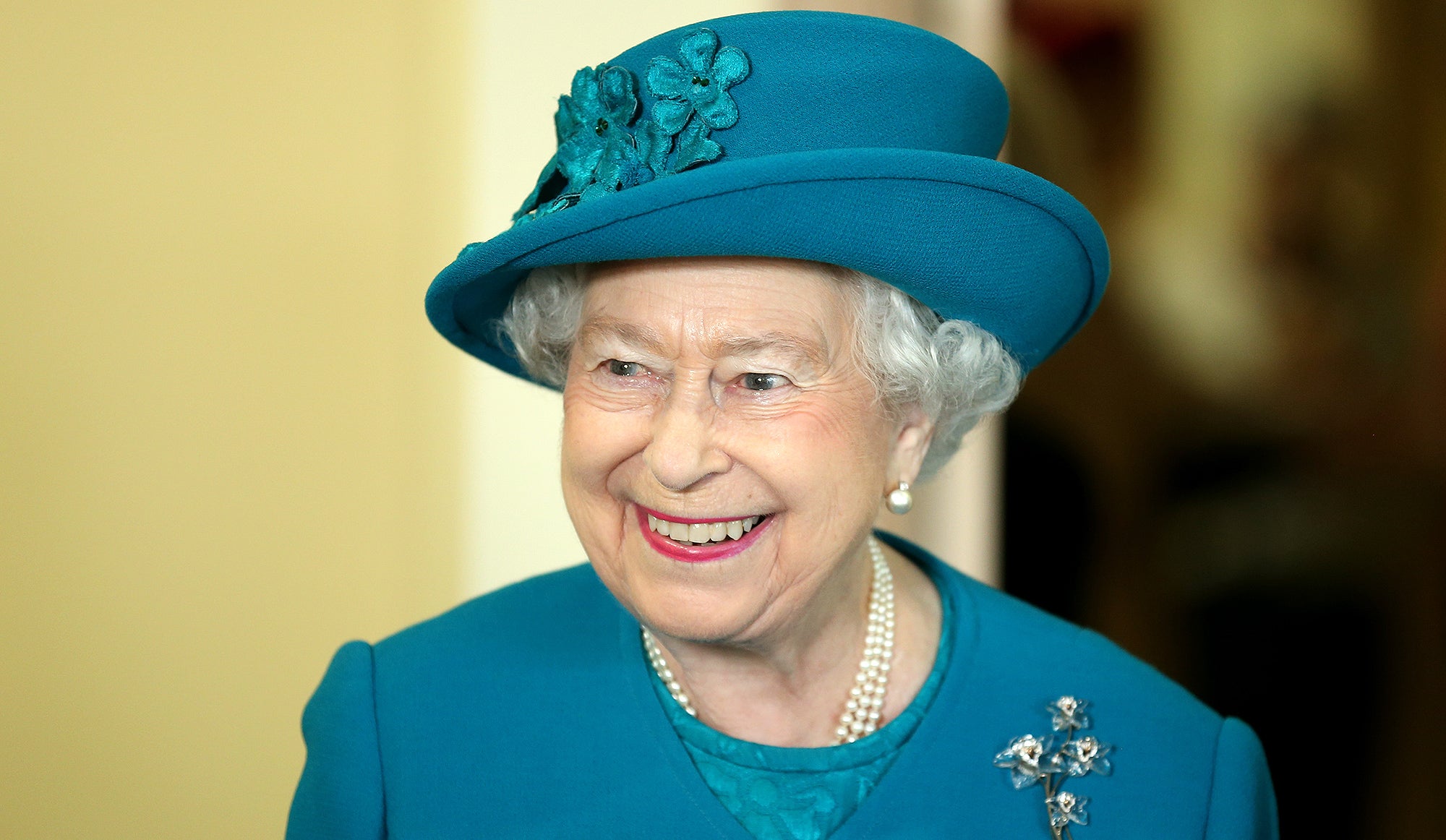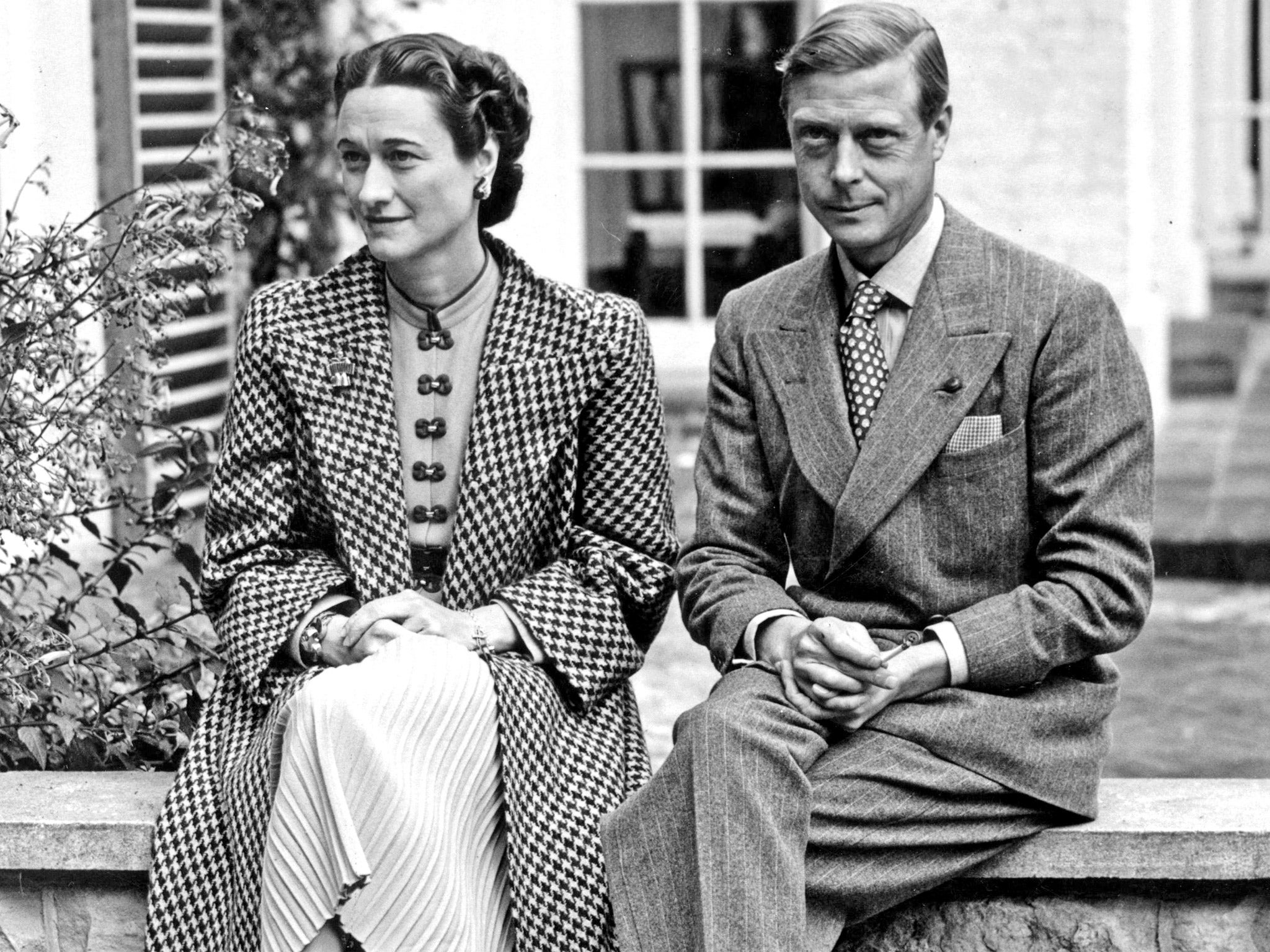Government plot to keep Queen off the throne revealed in cabinet document
The proposal in a 1936 document would have resulted in the Queen's father - King George VI - never becoming the monarch

A plot to keep Queen Elizabeth’s father from becoming king has been revealed in previously unseen Cabinet papers.
As the monarch celebrates her 90th birthday, The Times reports that, had the document been acted upon, the Queen would “be no more than a fringe royal” today.
The note – written by a civil servant before the abdication of King Edward VIII in 1936 – proposed that instead of putting the King’s youngest brother, Bertie, on the throne, their mother Queen Mary should have instead ruled as regent.
According to the newspaper, it was hoped that Prince George, Duke of Kent, would later become king.

Queen Elizabeth would most likely now be known as the Duchess of Edinburgh if the recommendation had been followed, The Times reports.
It said the proposal was “the establishment’s Plan B to save the royal family for generations to come”.
At the heart of the intrigue were Sir Horace Wilson, a freelance adviser to Prime Minister Stanley Baldwin, and the first parliamentary counsel, Sir Maurice Gwyer.
While the then King Edward was still considering whether to give up the throne in order to marry his American lover Wallis Simpson, his brother Bertie was already being prepared for the job in a number of meetings with Baldwin.
Gwyer wrote to Wilson, suggesting that Queen Mary “should be invited to be Queen Regent”.
The letter in the National Archives says: “The difficulty about the immediate ‘succession’ of the Duke of York is that a substantial part of the country might still favour the present King and see his brother as a sort of interloper.
“Queen Mary as Regent would re-establish the reputation of the monarchy.
“The Duke of York could scarcely object and all the King’s subjects would only rejoice to see Queen Mary carrying on again.”
The document reflects concerns held at the time doubting Bertie's ability to be King.
He was depicted by Colin Firth in the film The King's Speech and died in 1952, 16 years after ascending to the throne, leaving his daughter Elizabeth queen aged 25.
Join our commenting forum
Join thought-provoking conversations, follow other Independent readers and see their replies
Comments
Bookmark popover
Removed from bookmarks